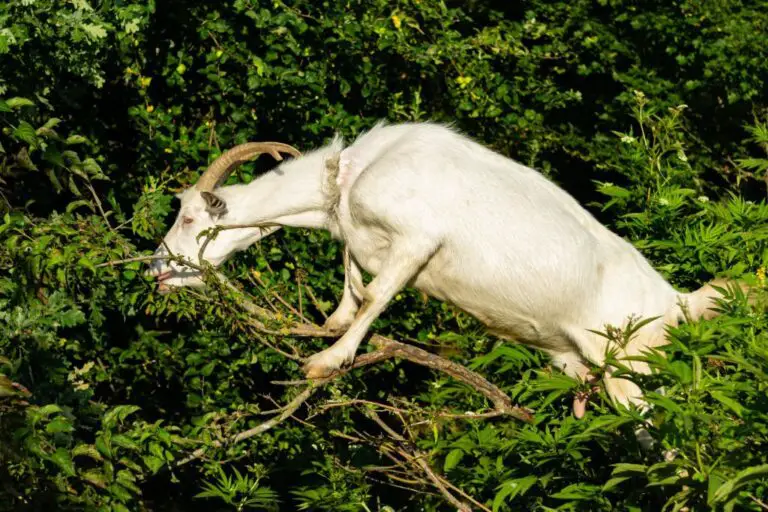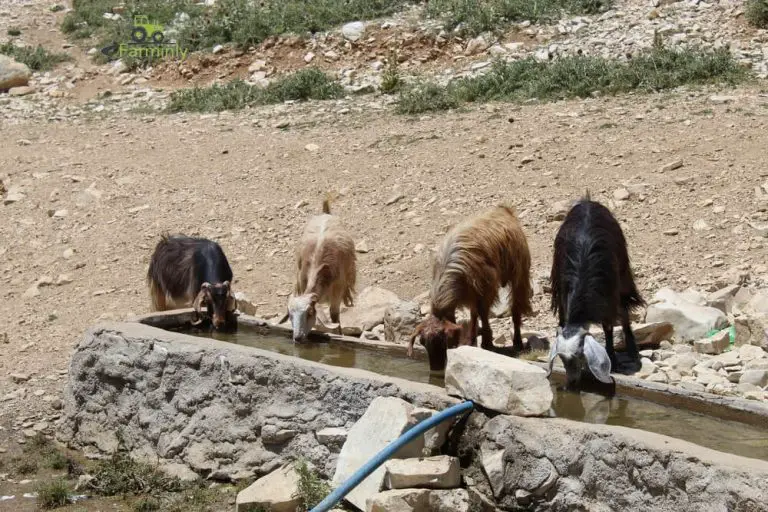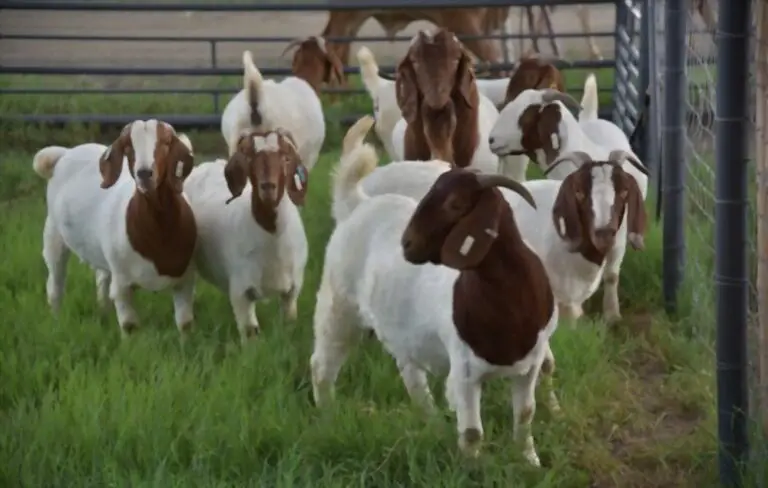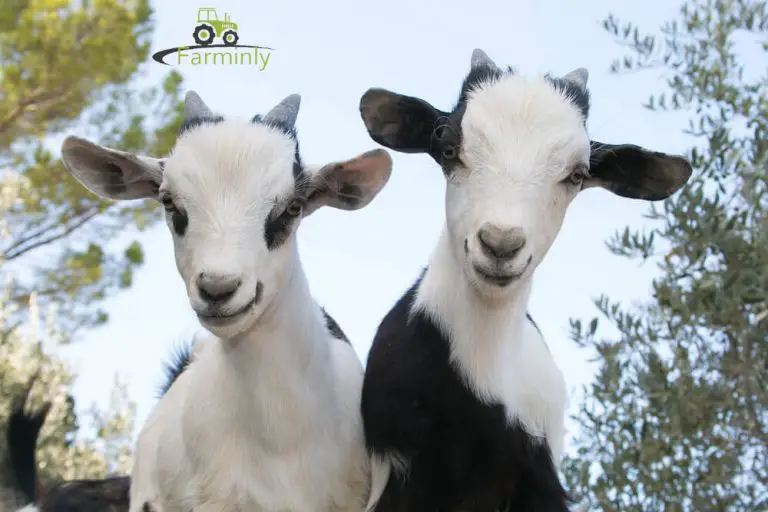When is it too late to disbud a goat? There are so many reasons why disbudding a goat might seem necessary. Many goat rearers are willing to do this, but there is usually a problem.
Farmers often do not know the right time to disbud their goats. Some do it too early, while others do it too late. Whichever inappropriate time it is done, there is usually a complication later in the future. I will not want to complicate things too early, so I think it will be right if we discuss the disbudding of a goat.
Many goat farmers already know this and want to know the right time to do so. Others do not have any idea what this entails in the first place. Due to this, I will introduce you to the term “disbudding” in the simplest way.
In addition, I will touch on other key points, which include why goats are disbudded, how goats are disbudded, who should carry out the goat disbudding operation, and everything else the topic in view.
What is disbudding?
Most of us would have learned from basic science that budding is when two things come together. This is just a layman’s definition, as it furthers asexual reproduction in specific organisms.

In goats, disbudding is simply a procedure performed on kid goats to ensure their horns do not develop. It is as simple as that. It is just a way to prevent the goat’s horns from developing. You can also call it horn inhibition. Kindly take note that this does not involve separating the horn from the head; it is done even before the horn begins to grow.
Typically, this operation is performed on kids not aged more than three weeks (21 days). Once the kid is older than this age, it is no longer called disbudding but now dehorning. After three weeks of age, the horn tissue of the kid would have become firmly attached to its skull, making it more difficult to remove. If it is eventually removed, remember it is no longer disbudding but now dehorning.
Science believes that when you disbud goats, using the proper technique and doing it at the appropriate time frame will decrease the number of goats that develop scurs and disbudding-associated injuries.
Why are goats disbudded?
You might be wrong if you believe there is no need to disbud your goat. Why do we even need to disbud goats when they aren’t disturbing us? Let us see some of the reasons why farmers disbud their goats.
However, it will be of interest to you that goat horns have several uses for man. It is a fact that goats’ horns are beneficial for protection from predators and heat dissipation. Whenever predators attack goats, they use their heads as a shield. They aren’t using their head. Instead, they use their horns to protect themselves and fight back.
Their horns also help to regulate body temperature by dissipating excess heat to the surrounding. This is, however, not the only medium for heat dissipation but a major one. Regarding the negative sides of goats’ horns, they tend to cause severe problems for farmers when handling the goats.
The horns are used to fight the farmers, who can also injure other goats in the housing. If you have a large housing for breeding goats, you should consider disbudding them. This will prevent you from worrying about recurring goat injuries and the like. This is also why many farmers have chosen to disbud their goats.
When should baby goats be dehorned?

According to recent research, certain operations disbudded their goats. On operations where any kids were born, more than one-quarter of all operations disbudded or planned to disbud any kids (29.2 percent).
25.3 percent of all kids were disbudded or expected to be disbudded. The research also reveals dairy operations disbud kids more than meat or goat operations.
To summarize, 64.4% of disbudding were dairy operations, 16.5% were meat operations, and 33.0% were goat operations.
What age to disbud goats?
- Operations disbudded kids at an average age of 16.3 days.
- Disbudding kids after 14 days is technically classified as dehorning, not disbudding.
- Goat kids should be disbudded, in general, between 4 to 14 days of age. Disbudding during this age range will ensure the goat is truly disbudded and not dehorned.
- There were no regional or herd size differences regarding the age at disbudding.
- There were differences across primary production types of operations regarding the age at disbudding.
- Meat operations disbudded kids later than dairy or other goat operations.
- Meat operations disbudded kids at an average of 20.2 days, dairy operations disbudded kids at 14.6 days, and other goat operations disbudded kids at an average of 13.9 days.
When is it too late to disbud a goat?
When your goat’s horn is longer than 1 inch, it is too late to disbud it. You can only dehorn it at this time. The best time to disbud your goat is 1 – 2 weeks after birth. Any disbudding done after one month of birth will cause a scur.
A goat’s horn buds will grow into horns if they are not disbudded early enough. Once the horns reach over an inch in length, it is often too late to disbud them, and dehorning may be the only option.
Moreover, disbudding a goat after one month of birth can cause a scur, an abnormal horn growth. Scurs can range from loose, scaly growths easily knocked off to bony, curved growths integrated into the skull. Depending on their size and location, scurs can cause discomfort and interfere with the animal’s normal behavior.
Therefore, it is best to disbud your goat between 1 to 2 weeks after birth before the horns can develop. This process should be done by a veterinarian or an experienced goat keeper, as it requires careful precision to avoid harming the animal.
Also Read:
- Can Goats Eat Dog Food?
- How Smart Are Nigerian Dwarf Goats
- What Time Do Goats Wake Up?
- How Long Can Goats Go Without Water?
- Do Goats Need Light At Night?
- When Do Nigerian Dwarf Goats Get Horns?
How are Goats disbudded?
There are different methods involved in disbudding goats. The most common way was using an electric dehorner/debudder. This was an electronic tool made for this purpose.
As a way to improvise when you don’t have an electric debudder, you can use hot iron. Using hot iron tends to be cheaper and more economical. You might want to know how the electric debudder is being used.
This method was used on 93.3% of meat, 95.8% of dairy, and 99% of other goat operations. This data shows that most goat operations use this method to disbud their goats.
Other methods of disbudding, which are considered less common, include caustic paste, rubber bands, or shears. The caustic paste was used in 3.2% of meat operations. It was used on 1.2% of dairy and 1% of other operations. This justifies that these operations do not adopt the method.
The Use of Analgesics
What are Analgesics? Analgesics are medical substances sued to reduce pain an animal faces during surgery or operation. They reduce discomfort during the disbudding procedure. They are also known as anesthetics.
There are different types of Analgesics or anesthetics used in the disbudding procedure. They include local narcotics, nerve blocks, or non-steroidal anti-inflammatory drugs (NSAIDs) given topically, orally, or as injections.
Local anesthetics and nerve blocks are beneficial for reducing the pain felt by goat kids during the disbudding procedure, while NSAIDs lessen the pain felt by goat kids after the procedure. This means that they are both used in the disbudding process.
Analgesics or anesthetics were used routinely on 30.4 percent of operations during the disbudding of kids. There were no differences across herd size, region, or primary production type of an operation that used analgesics or anesthetics routinely when disbudding kids.
Who does the Disbudding?
Everyone must want an answer to this. Disbudding might seem complex, making you think you can’t handle it yourself. You might be wrong there.
Research shows that the owners carry out over 75% of disbudding operations. This means that the procedure is also carried out by someone else. A veterinarian carries out 16.5% of disbudding operations. This is a professional that knows the dos and don’ts of the process. I recommend you use a veterinarian if you have never done it before.
Many owners who try to disbud their goats without experience tend to leave side effects such as scurs. When you work with a veterinarian, especially for the first time, you will experience a smooth operation, causing no harm.
Now, you know when it’s too late to disbud a goat. From all I have said, I don’t think there is any time too early to operate. You should give the kid time after delivery before exposing it to your surgical tools.







